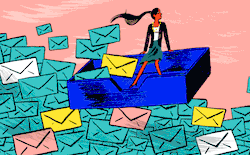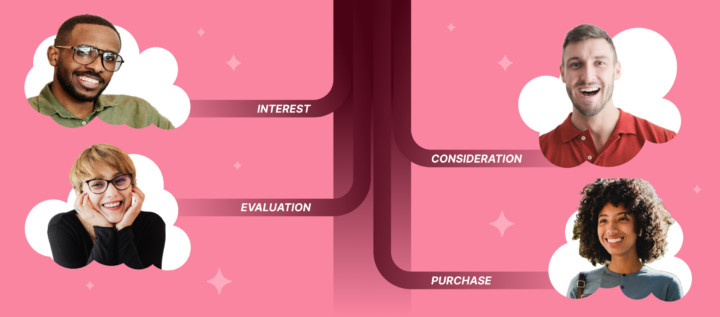AI SDR vs. human SDR: Which one drives more revenue in 2025
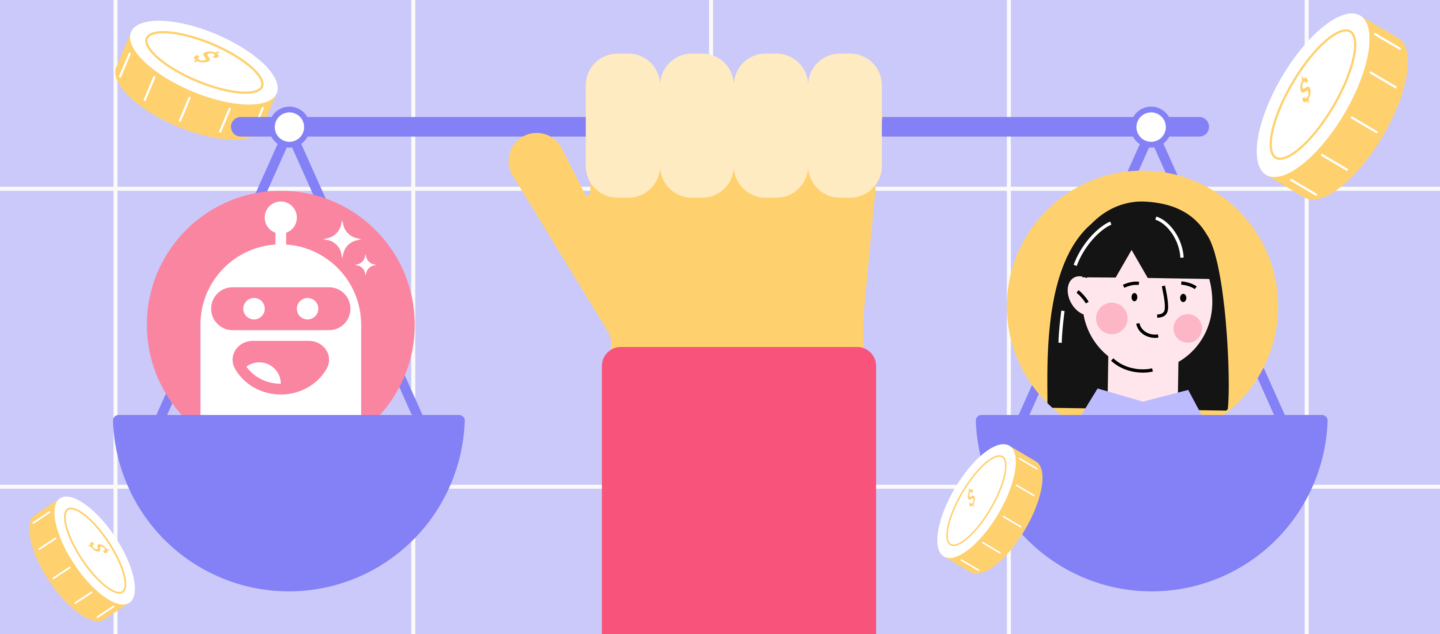
Getting more leads is great. But turning them into revenue? That’s where the real work begins.
If your sales team is swamped or you’re debating your next hire, you’re probably asking yourself: should I go for an AI SDR or a human SDR?
Let’s break down what each can do and help you figure out what works best for your inbound funnel.
What does an SDR actually do?
In most B2B companies, an SDR’s job is pretty straightforward: talk to leads, figure out who’s worth pursuing, and book meetings for sales.
But when your website traffic scales and every lead expects a reply right now, this workflow gets messy really fast. Missed follow-ups, slow response times, and unqualified leads slipping through the cracks. That’s a nightmare for any team.
Here’s what a typical SDR is responsible for:
- Responding to inbound leads (live chat, forms, sign-ups)
- Asking qualification questions
- Scoring leads to find MQLs
- Booking demo calls
- Sending reminders and follow-ups
- Answering FAQs
- Keeping CRM data clean and updated
- Re-engaging cold leads
- Prioritizing who to talk to next
Now here’s the good news: most of this can be automated with AI.
Dashly’s AI SDR covers:
- Instant outreach: Replies to sign-ups and website visitors the moment they show interest
- Smart qualification: Uses quizzes and predefined criteria to segment leads
- CRM updates: Automatically enriches contact profiles and logs funnel progress
- Calendar booking: Offers meeting slots and confirms demo calls with MQLs
- Multi-channel nurturing: Sends personalized follow-ups via WhatsApp, email, and SMS
- FAQ handling: Answers product questions using a built-in support agent
Dashly clients like Advertising Socials and InfluADS have seen up to 70% of their MQLs booking meetings without a single human message. Take a look at how AI SDR handles conversations with leads it identified as MQL and non-MQL:
With MQLs
With non-MQLs
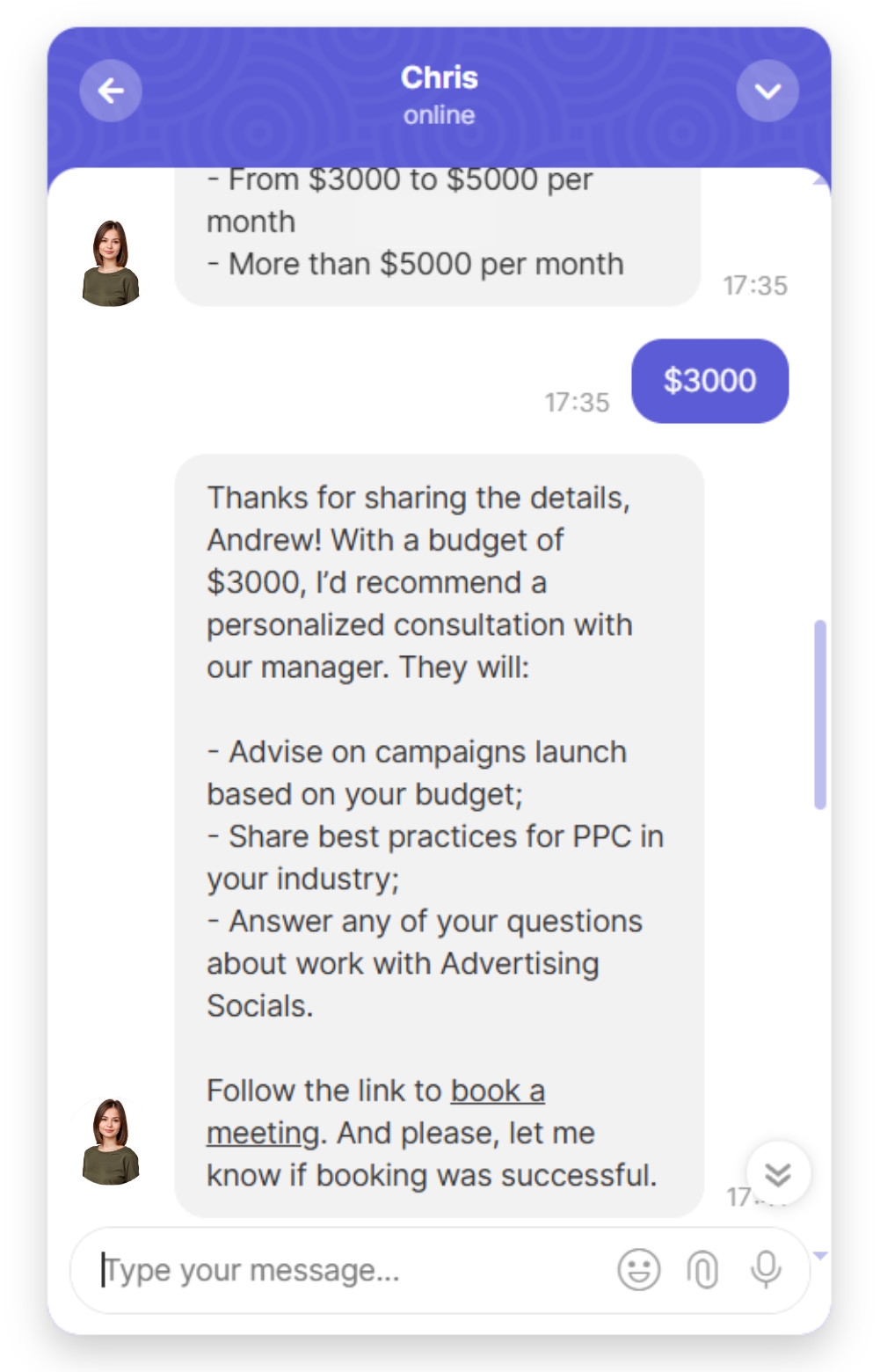

Learn more about AI SDR in action from our customer stories:
How AI SDRs fit into your funnel
Think of your funnel in three stages:
Top (Interest): AI SDR engages instantly, answers FAQs, and qualifies leads.
Middle (Evaluation): AI SDR books demos, enriches CRM data, and nurtures via email, WhatsApp, or SMS.
Bottom (Decision): Human SDRs take over for discovery, handling objections, and closing deals.
This way, your human team focuses where they’re most impactful while AI covers the volume
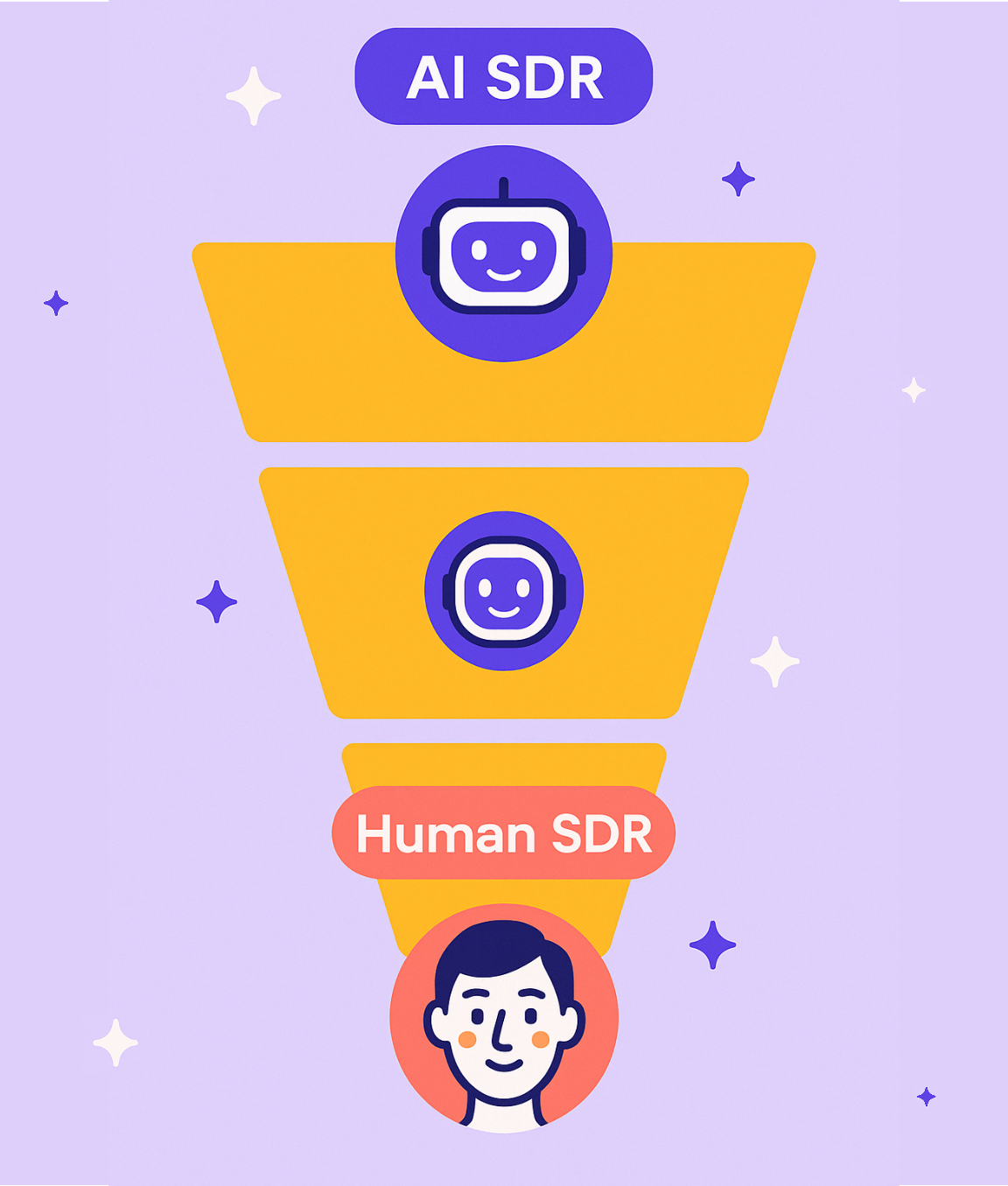
Human SDR: what can’t be replaced?
Humans bring empathy, improvisation, and context. They’re great at:
- Deep discovery calls
- Handling objections
- Building long-term relationships
But they’re also limited. They can’t work 24/7. They miss follow-ups. They can’t engage 1,000 leads at once.
The bigger your inbound funnel, the more those cracks show.
In their study, Salesforce found out that 63% of customers would prefer AI for quick issue resolution. Response speed matters, and it’s something AI SDR can help you excel at.
Common objections about AI SDR
Can AI really have a human-like conversation?
Yes. Dashly’s AI SDR uses structured logic and contextual memory to guide natural conversations and it gets smarter over time.
AI SDR not just asks questions you assigned to it, it adjusts to each conversation.
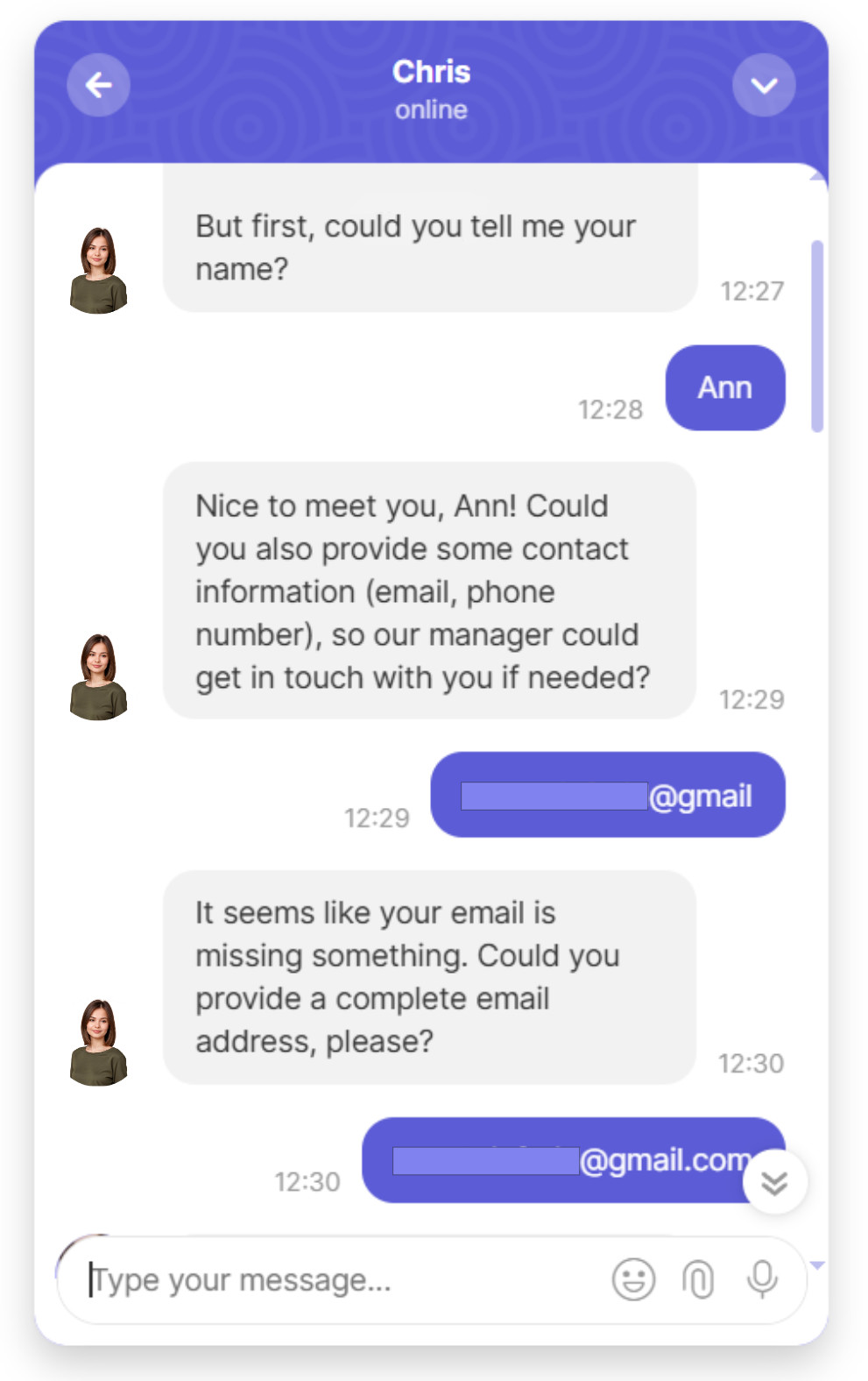
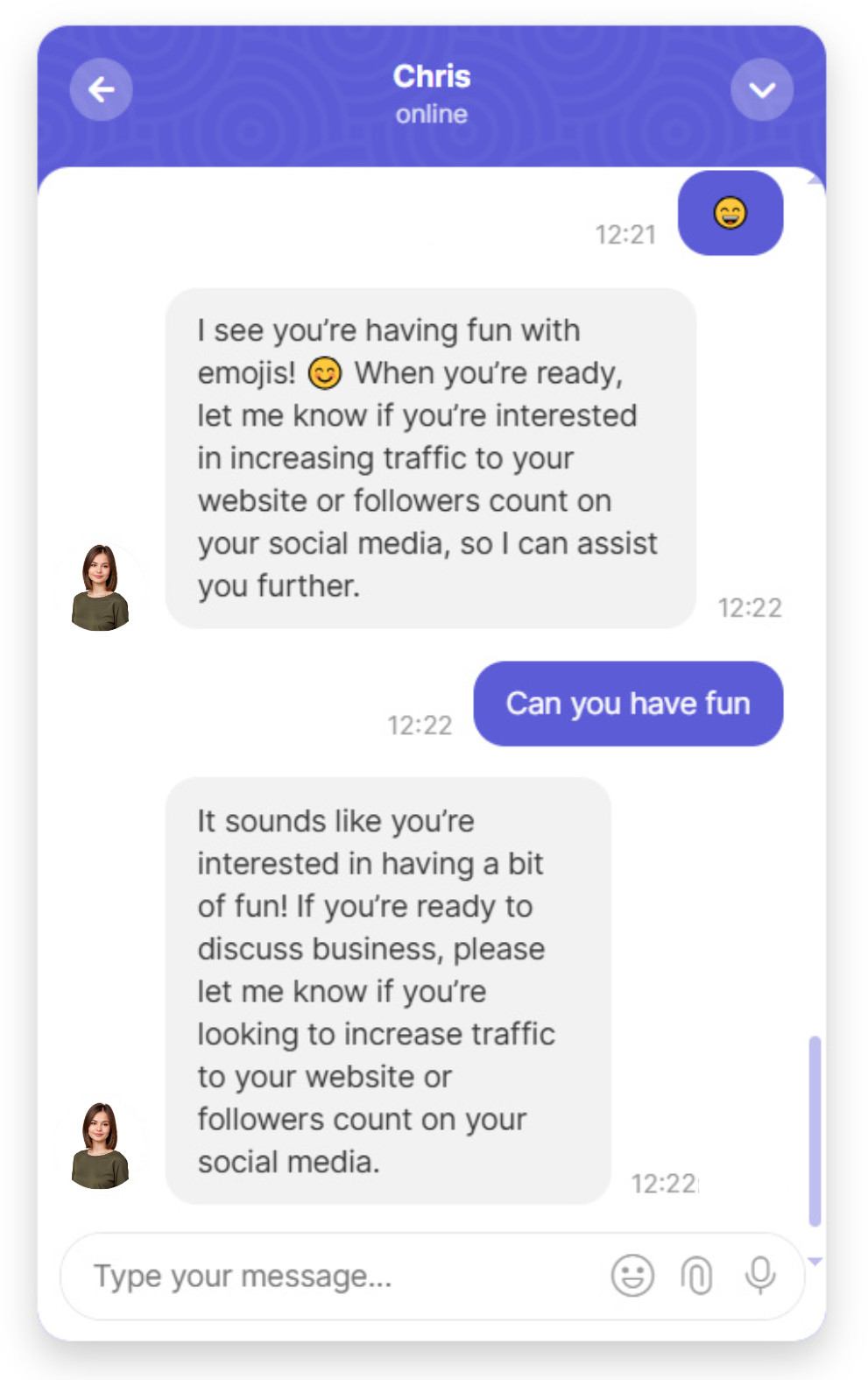
What if it qualifies the wrong leads?
You define the rules. AI SDRs follow your ICP criteria exactly and log every interaction transparently in your CRM.
Will AI SDRs replace human reps?
No. AI SDRs free your team from repetitive work so they can focus on closing complex deals. Not sending reminders or chasing form fills.
AI vs. human: side-by-side
| Task | AI SDR | Human SDR |
|---|---|---|
| 🕐 24/7 availability | Always on | Limited hours |
| 🏁 Lead qualification speed | Instant | Manual |
| 🤝 Personal touch | Structured messaging | Real empathy |
| 📈 Scalability | Easy to scale | Headcount-dependent |
| 💰 Cost | Flat SaaS fee | Salary + benefits |
When AI + human = the real win
It’s not really about choosing one over the other. The best teams use AI SDRs to handle volume and human SDRs to close complex deals.
Take VoiceFirst: they used Dashly’s AI SDR to qualify and book meetings automatically, and then routed top-tier leads to human reps for high-touch sales. The result? They halved their sales cycle and cut SDR costs by 60%.
How to decide what’s right for you
Use an AI SDR if you:
- Have growing inbound traffic
- Need to qualify leads fast
- Want to scale without hiring more reps
Stick with human SDRs if you:
- Sell a high-ticket or highly customized product
- Need deep discovery calls upfront
- Rely heavily on outbound sales
But for most growing teams? The sweet spot is a hybrid: AI SDRs to engage and qualify, human SDRs to close.
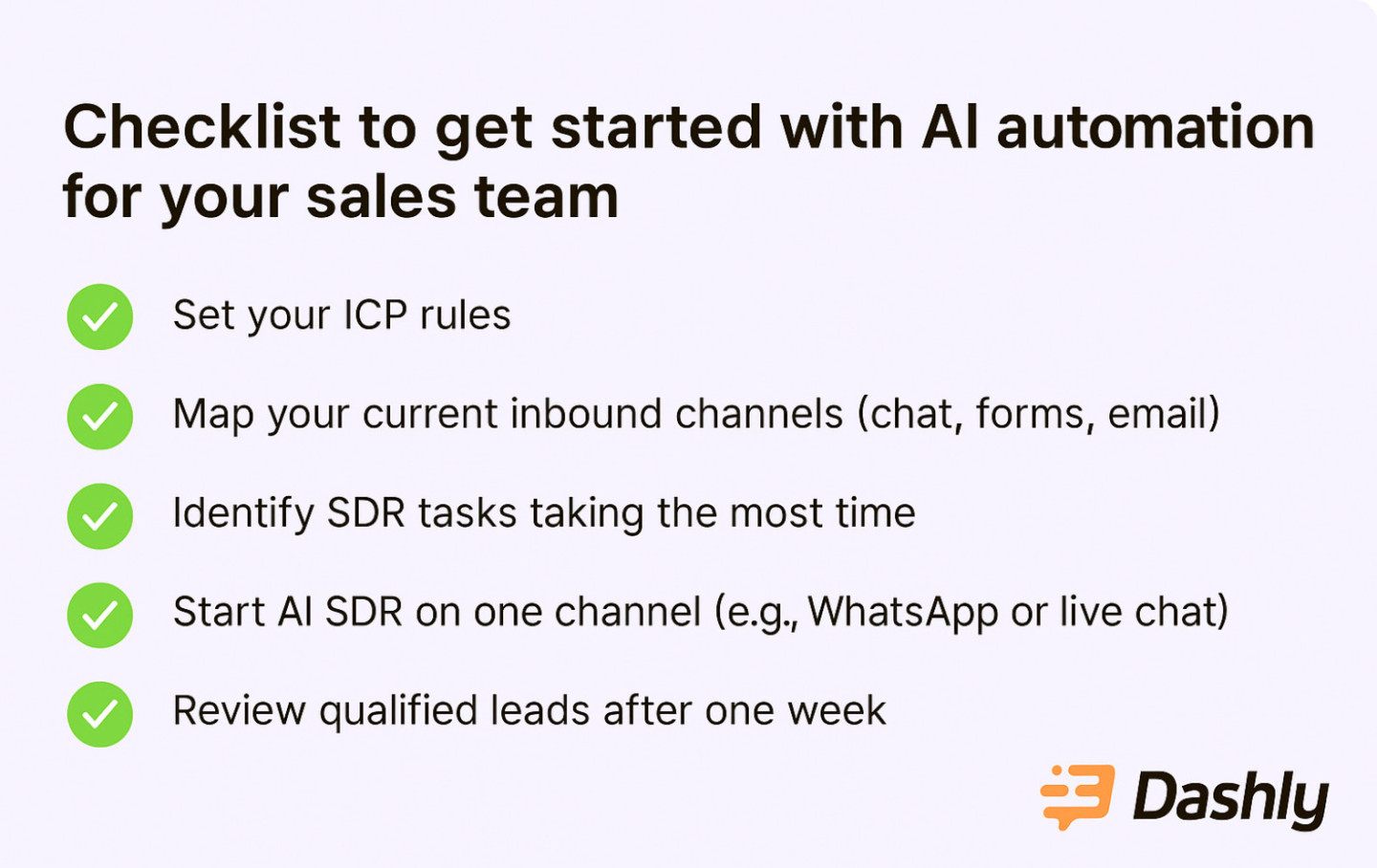
Note: A study with 462 participants shows that anthropomorphic design (e.g., a human-like tone) boosts trust, helping users forgive chatbots even after failures.
How to apply this in your AI SDR
- Use AI for fast, routine tasks (engagement, qualification, booking, and nurturing) — leads and customers appreciate speed and convenience.
- Make the bot friendly and transparent — anthropomorphic design builds trust and forgiveness.
- Offer seamless human handoff — for complex queries or emotional conversations, let a human take over.
- Highlight the human+AI combo — emphasize that AI does the basics, humans handle nuance.
Want to try it in your funnel?
Dashly’s AI SDR is already helping teams like InfluADS and Advertising Socials convert more leads without hiring more people.
Curious what that could look like in your funnel?
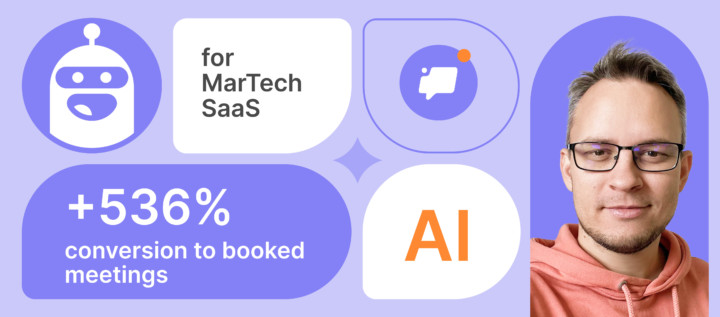
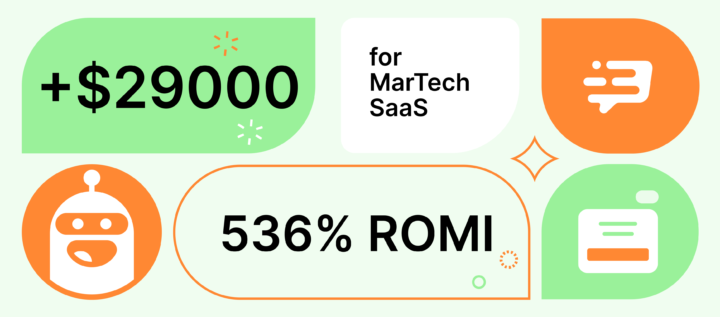
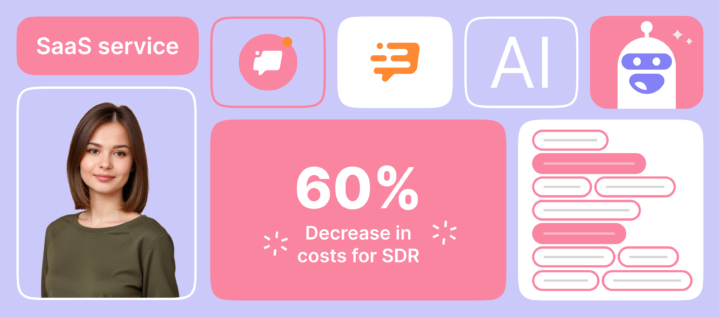
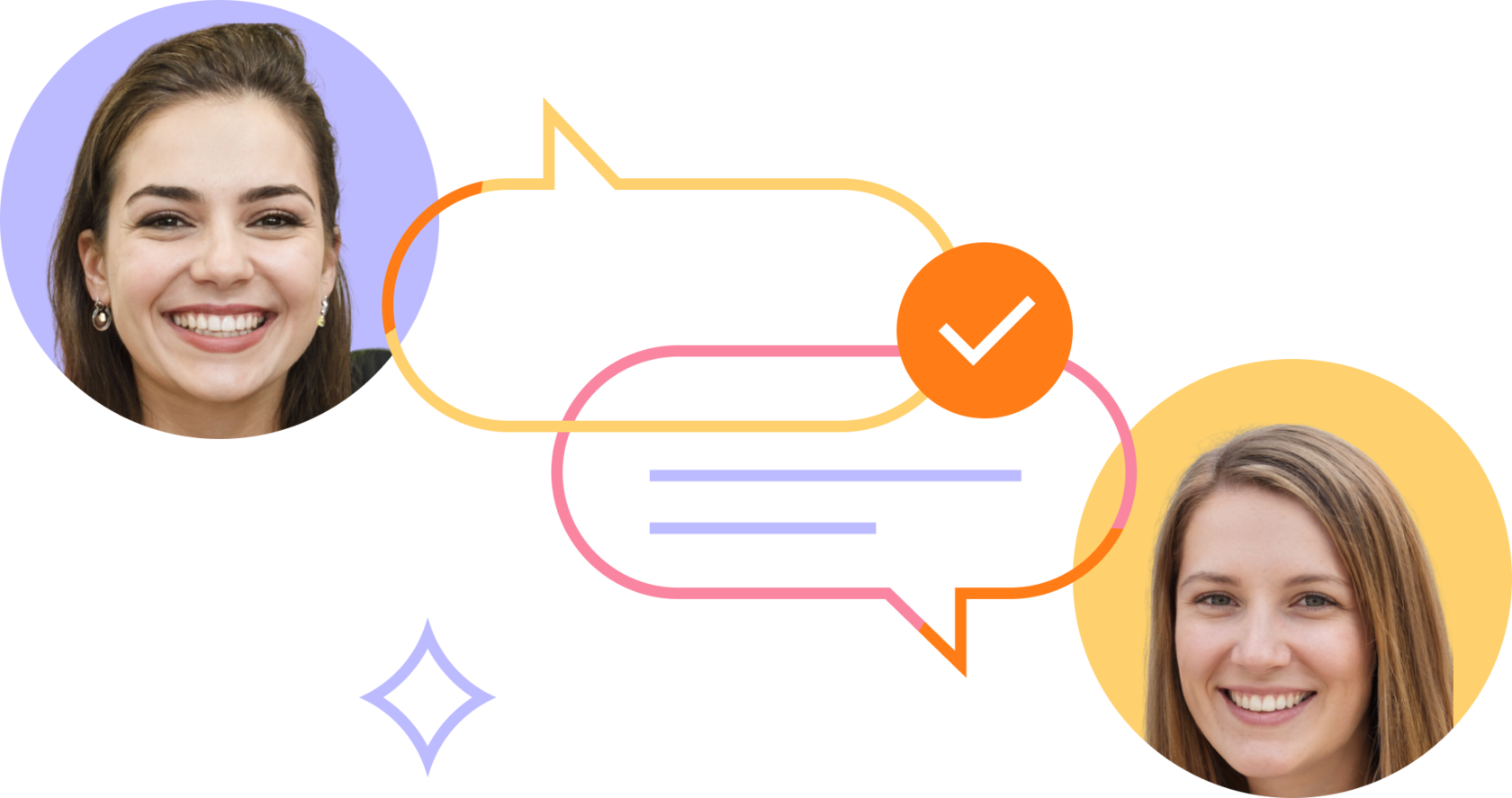


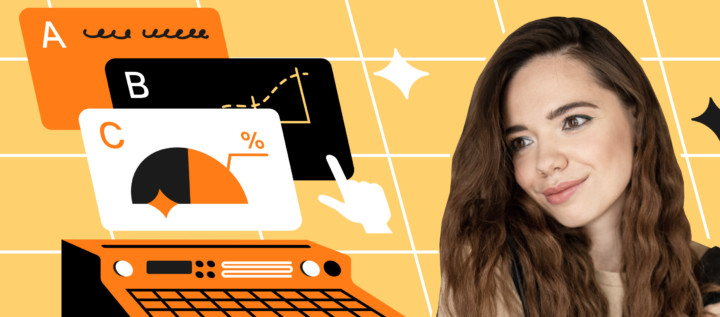
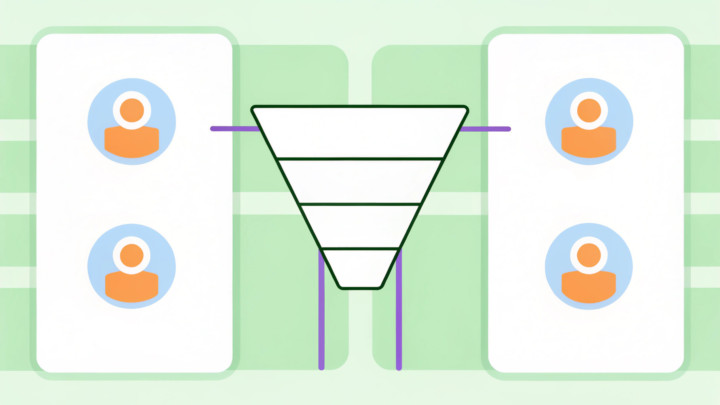

![Autofunnel complete guide: what is it and how to design + [free checklist]](https://www.dashly.io/blog/wp-content/uploads/2020/02/funnel-720x297.gif)
